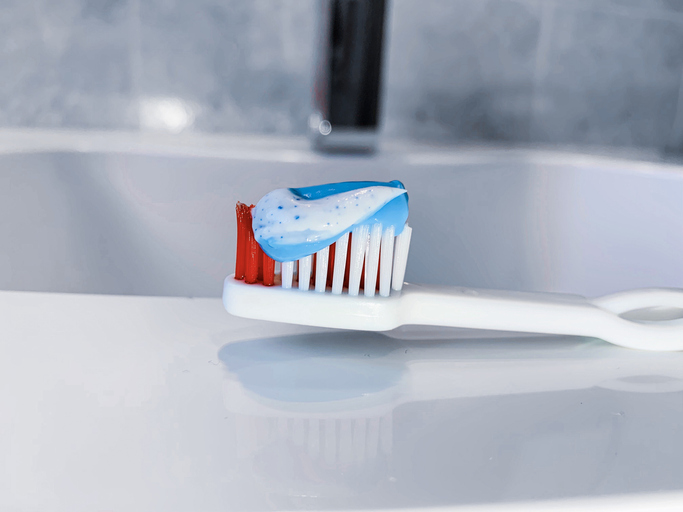
Microbeads in Toothpaste
Ever wonder what those little blue particles are in some toothpastes? One of our scientists did, and started to investigate their effects on teeth brushing. Known as microbeads or microplastics, these blue particles are usually polyethylene or polypropylene. They are commonly included as exfoliants in face cleansers, and may be added to toothpaste for visual […]

Why Polymer Scientists Make Great Cooks
Okay, so my wife may disagree. However, the long chain nature of a lot of food products (i.e. their polymeric nature) allows us to at least understand the physics behind the behavior of food. Cooks have known the secret of thickening sauces and gravies with a fairly small amount of flour or cornstarch. A key […]
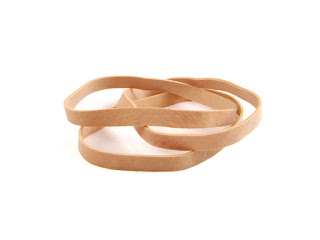
Rubber Band-based Air Conditioners?
A common science experiment is to have a student place a rubber band against their lips while rapidly stretching the rubber band. The student will feel the rubber band heat up. Rapidly relaxing the rubber band will result in the band cooling. What is happening is that in an unstretched state, the rubber molecules are […]
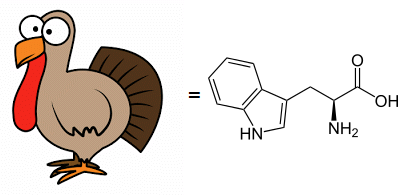
Tryptophan Analysis
This time of year, our thoughts turn to tryptophan, a chemical associated with the perceived sleep-induced nature of turkey. Tryptophan is an essential amino acid (see the NH2 and COOH above), meaning that we do not naturally produce this compound, but that it is a necessary part of our diet in order for protein synthesis […]
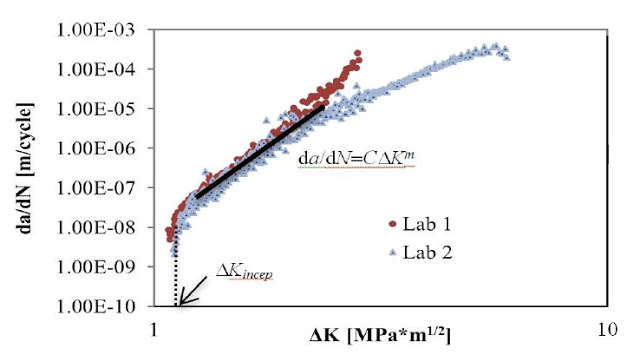
Get cracking! Fatigue crack propagation in UHMWPE
Fatigue crack propagation testing provides users information about the resistance of a material to crack initiation and propagation under cyclical loading. Currently, ASTM E647 is used to monitor the crack propagation behavior of plastic and metallic materials. Engineers at Cambridge Polymer Group have developed an automated optical system that allows real-time assessment of crack length […]
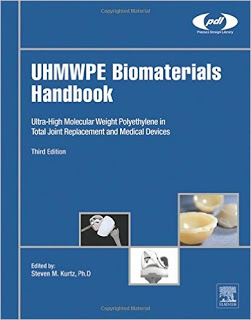
3rd Edition of the UHMWPE Handbook is Available
The third edition of the UHMWPE Biomaterials Handbook was just offered for purchase. This edition contains the history of ultra high molecular weight polyethylene and its use in hip and knee arthroplasty. The new edition contains multiple chapters addressing analytical testing techniques to characterize UHMWPE, wear testing, accelerated aging, antioxidant effects, and advances in UHMWPE […]
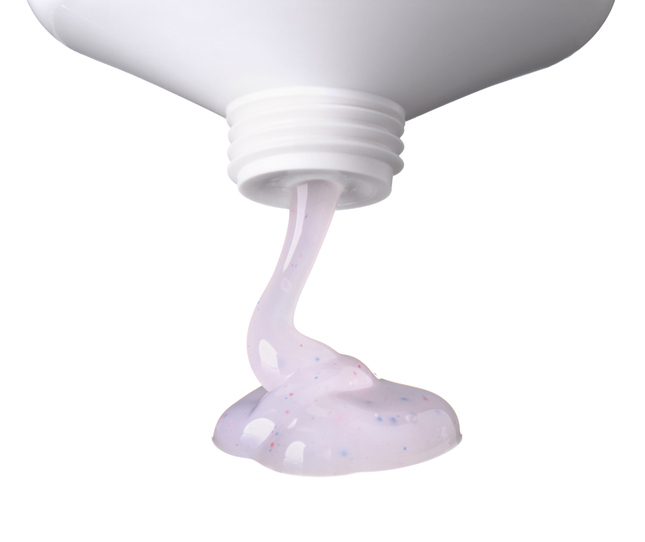
An Interview with Stephen Spiegelberg on Rheological Characterization
Interview conducted by Beth Ellison BE: Please provide a brief overview of Cambridge Polymer Group and the services you provide. SS: We like to think of ourselves as a one-stop resource for our clients, working everywhere in the product lifecycle from concept through launch and (hopefully not) root-cause analysis. We are a well-established contract research […]

Call for Abstracts: ASTM Workshop on Reprocessing of Re-usable Medical Devices
A Workshop on Reprocessing of Re-usable Medical Devices will be held Tuesday, November 15, 2016. Sponsored by ASTM Committee F04 on Medical and Surgical Materials and, the workshop will be held at the Renaissance Orlando at SeaWorld in Orlando, FL, in conjunction with the November standards development meetings of the committee. Objectives: A recent article […]

Biomed Device Exposition in Boston
Cambridge Polymer Group will be exhibiting at the Biomed Device Exposition in Boston on May 6-7th. Come visit us at booth 1147 to see the new analytical tools, formulation capabilities, and project assistance we can provide. If you would like to visit our lab while you are in town, please contact us at info@campoly.com. Details […]
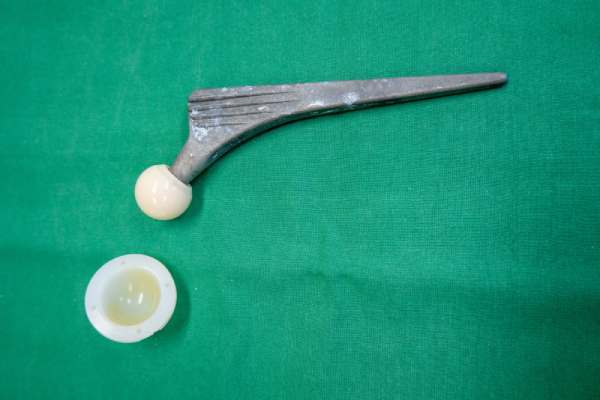
Molecular Weight Characterization to Assess Aging in Ultra High Molecular Weight Polyethylene
Ultra high molecular weight polyethylene (UHMWPE) is commonly used as a bearing surface in hip, knee, shoulder, and other total joint replacement arthroplasties. Aging of UHMWPE that has been irradiated without additional treatment to stabilize the residual free radicals can result in oxidation followed by chain scissioning. Researchers will usually measure oxidation index to characterize […]
